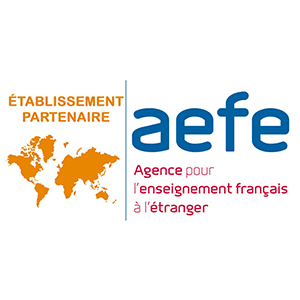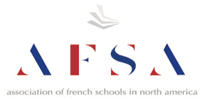Interesting Facts About Childhood Bilingualism That Might Surprise You
by Tori Galatro
Cognitive development in children is a fascinating subject. Children have an incredible ability to absorb information. Parents who expose their children to multiple languages at an early age give their children a unique advantage in their language development. New research is coming out everyday on the subject of cognitive development in children as it relates to bilingualism and multilingualism. Yet there is still so much we don’t know. Below are some recent findings on the subject that may surprise you.
Children “Code Switch” Just Like Adults Do
Jumping between multiple languages in the same sentence or conversation is known as “code switching”. There are many reasons to code switch, and it is a natural part of being bilingual. Code switching can show emphasis, help clarify meaning, or evoke the cultural associations of a particular word. Bilinguals may simply prefer a phrase in one language over its translation in the other. Bilingual children also code switch. Parents of bilingual children often assume this indicates confusion or struggle, when in fact, it’s a natural part of language learning. In some cases, children may use another language to substitute for vocabulary they don’t know. Parents ought to make sure their child knows the correct word in both languages. Other than that, there is nothing to worry about, and code switching is perfectly normal.
Children Have the Unique Ability to Sound like Native Speakers
The term “bilingual” usually describes someone who is conversational in two languages. More than half of the world is said to meet this criteria, but only a small percentage can speak two languages as if they were a native speaker, with native pronunciation. Most people can only achieve this if they start at a very young age, which is why early childhood bilingualism is so fundamental to language learning. It is much easier for a child to learn the phonetic sounds of multiple languages before the age that they become too accustomed to the sounds of only one.
Children Will Follow the Language of the Community
Language dominance is a very common phenomenon among bilinguals. Very few bilingual adults and children speak two languages with exactly the same frequency and skill. Different languages are often used in different contexts, or different spheres. For example, one language may be spoken at home, while a different language may be spoken at school or in the community. It is common for children to gravitate towards the language spoken by their peers, rather than their parents, as they get older and embrace the community language as their dominant language. It is advisable to supplement the non-dominant language with classes and extra conversation.
Children Derive Non-Linguistic Cognitive Benefits from Being Bilingual
Years ago, parents and researchers believed that bilingualism was bad for children and slowed their development. Modern research has repeatedly shown that the opposite is true. Of all of the studies on childhood bilingualism, none have shown any negative effects, and several have shown positive effects, even in areas of the brain not related to language development. Some studies indicate that bilingualism can improve focus, attention, and selectivity. Others indicate that it can improve reading ability in cases where both languages share a common alphabet. Bilingual children may initially have a decreased vocabulary in each language, since less time is spent with each, so the more language, communication, and expression in their lives, the better for their language learning.
At Tessa International School, we use proven methods, creating an immersive bilingual learning environment where parents can take advantage of this special time in their children’s lives, helping them to develop their minds while having fun. Contact us today!


















